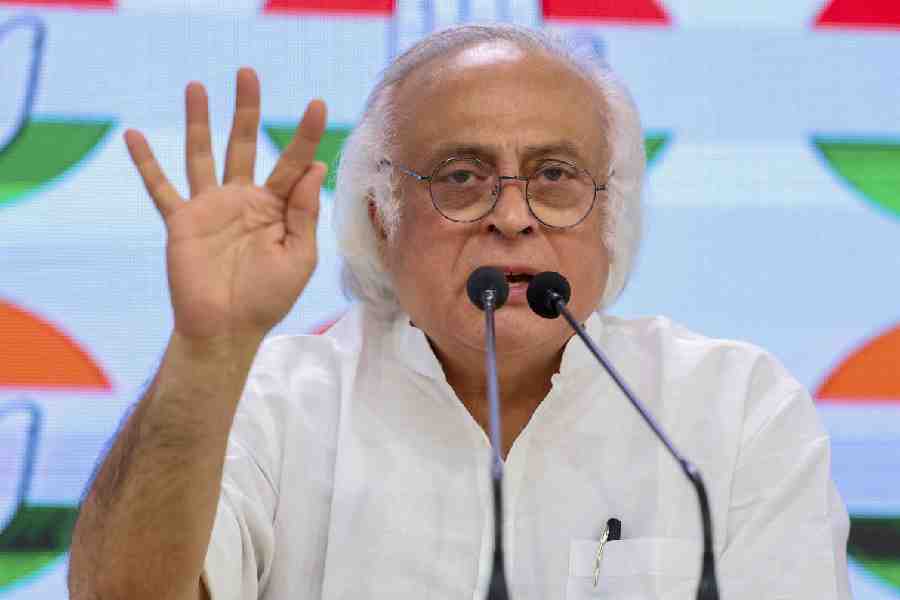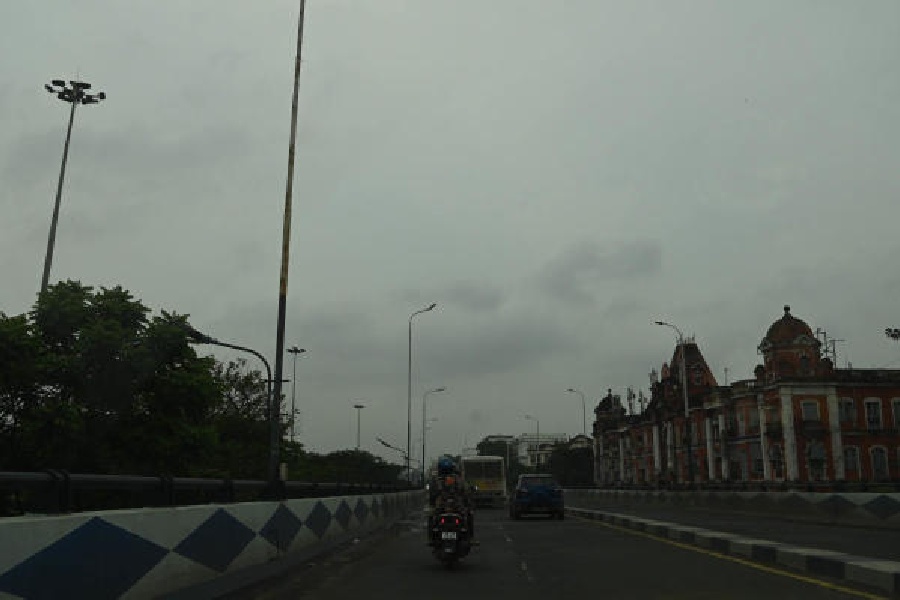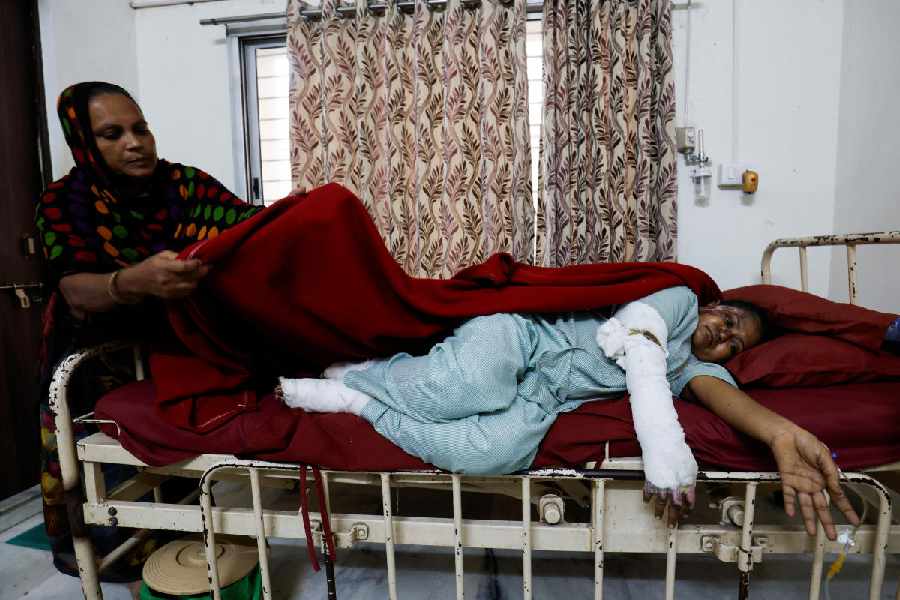 |
Here is a film that needs a large dose of Ritalin [a psychostimulant drug] to calm down its attention deficit disorder. The director Guy Ritchie brought us a hyperkinetic version of Sherlock Holmes in 2009, but he has gone into overdrive with this sequel. The result is a bloated storyline that is far from elementary, my dear reader.
Once again, Robert Downey Jr is Holmes, and Jude Law is Dr Watson, but any connection with Conan Doyle’s characters has been severed, and often brawn is of more significance than brainwork. Everything has taken on superhero proportions: the guns are Gatling-sized, the bomb blasts bigger, the fights more cartoonish. Ritchie’s signature leaps from speed to slow motion often leave the audience behind. Forensic detective work has to fight for space.
A Game of Shadows is very loosely based on Doyle’s The Final Problem, in which Holmes meets with the master criminal Professor Moriarty in 1891. This heralds the pleasing arrival of Jared Harris (the smooth Englishman in Mad Men) as Holmes’s arch-enemy. The conversational jousting between the two in Moriarty’s book-filled study is a rare moment of tradition, but soon it all gets overcooked in a military-industrial plot to start a world war.
As Holmes, Downey Jr is increasingly peculiar: a dishevelled dandy, sweaty and druggy, on a diet of “coffee, tobacco and coca leaves”, according to his housekeeper. Watson, meanwhile, seems rather dull and is intent on marrying his sweetheart, much to Holmes’s disgust.
After the wedding, the intimacy of bachelor life in 221B Baker Street has gone, to be replaced by an escalating homoerotic desperation: first there’s the bromantic banter; then Holmes dresses up in full-lipsticked drag, squealing “Lie down with me, Watson!” Eventually, they waltz in each other’s arms at a ball, supposedly to check the room for assassins. The comedy heads worryingly towards Ugly Sisters’ territory.
All this camp does at least bring in the film’s saving grace: Stephen Fry as Holmes’s brother Mycroft. Mycroft is “in charge of some broom cupboard” in the government, and provides much-needed stability for Holmes. In a scream of a scene, Mycroft grandly struts around stark naked, his many chins bobbing above a beflabbed belly, with worse to come below. Mrs Watson’s horror at this sight is a joy.
The women’s roles are somewhat peculiar. Holmes’s lady friend from the last series appears again, played by Rachel McAdams, but the largest part goes to Noomi Rapace, from the original Swedish The Girl with the Dragon Tattoo. She is Madam Sim, a gypsy fortune teller whose brother is somehow caught up in Moriarty’s plot. Rapace does her best to be feisty, but her talents are wasted, and she wears that tight, surprised look of someone who has recently undergone a facial peel.
Madam Sim tries to make Holmes ride a large horse, and he refuses, saying: “They are dangerous at both ends and crafty in the middle,” the sort of line that should be delivered more often. Instead, words are sacrificed for the constant throb of action, and the dialogue is irritatingly modern. When Watson advises Holmes that he must save Western civilisation, he adds “No pressure!” as though he were an extra from The Hangover.
At least Victorian values are preserved in the luscious set decoration by Sarah Greenwood, who drapes and swags her way through the salons of London, Paris and Switzerland, with no expense spared. Perhaps that is the problem with this whole movie — too much money, so that the sharp, funny Ritchie of Lock, Stock and Two Smoking Barrels is left floundering in the excess.










